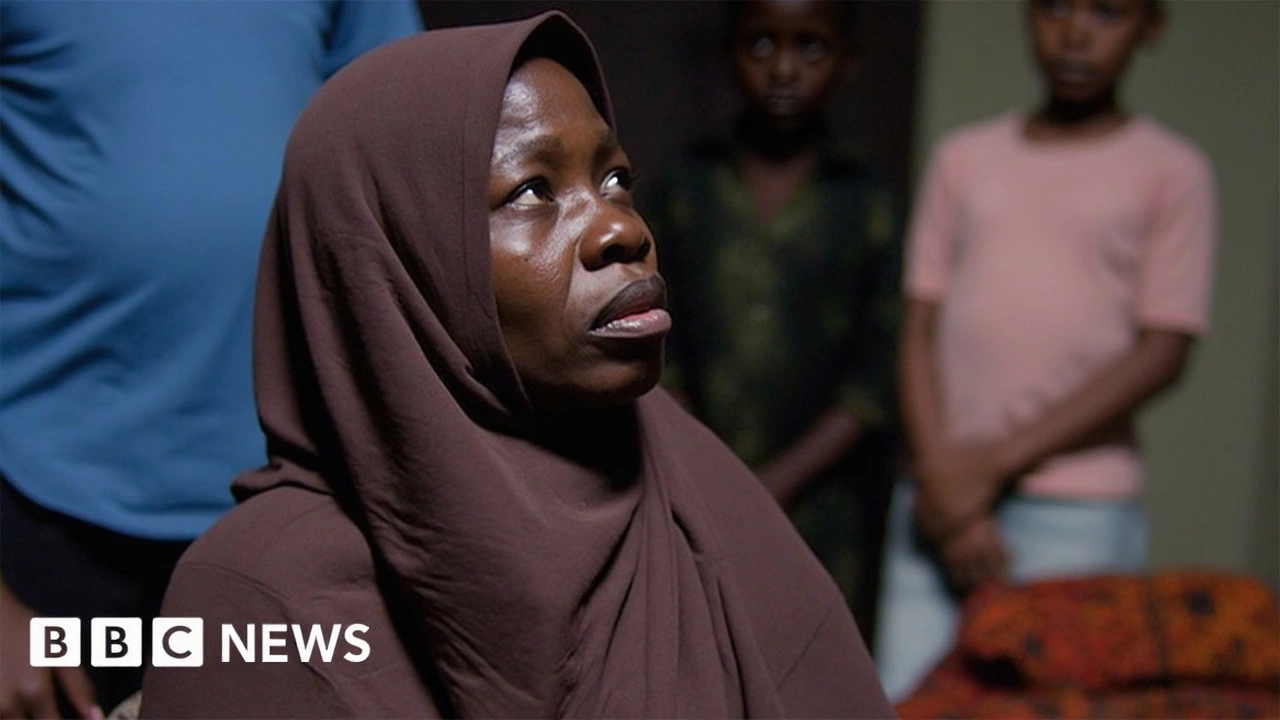Dam Reconstruction: What You Need to Know
Dam reconstruction is more than just fixing a big wall holding back water. It’s a vital process that keeps communities safe and ensures a steady water supply. When old dams show cracks or weaknesses, experts step in to rebuild or reinforce them, preventing floods or water shortages. If you're living near a dam, understanding this work helps you appreciate the care taken to protect your neighborhood.
Why does dam reconstruction matter? Dam safety is crucial because a failure can cause major flooding and damage downstream areas. Reconstruction often includes strengthening the dam's structure, upgrading spillways, and improving materials to meet modern standards. These updates reduce risks and extend the lifespan of the dam, keeping communities safe for years to come.
How Dam Reconstruction Impacts Communities
Think about the benefits beyond safety: improved dams support better water management for farming, drinking, and even local industry. When reconstruction projects happen, they often create jobs and boost local economies during construction. Plus, renovated dams can improve fish habitats and water quality if done thoughtfully. This means a well-reconstructed dam supports both people and nature.
Challenges in Dam Reconstruction
Rebuilding a dam isn’t simple or cheap. It demands careful planning, funding, and balancing environmental concerns. Communities sometimes face disruptions during construction, such as changes in water flow or access limits. It’s important that local leaders work closely with engineers and residents to manage these impacts smoothly. In the end, these efforts protect everyone involved.
If you want to stay updated on dam reconstruction projects near you, keep an eye on local news and community meetings. Understanding the process helps you stay informed and involved. Safe, efficient dams are the backbone of reliable water resources, and reconstruction plays a crucial role in making that happen.

When the Alau Dam gave way in September 2024, Maiduguri found itself under water, leaving up to 400,000 homeless and exposing residents to fresh waves of hunger and insecurity. While survivors struggle in packed shelters, stalled repairs and political wrangling mean another disaster could hit with the next rainy season.
Read More